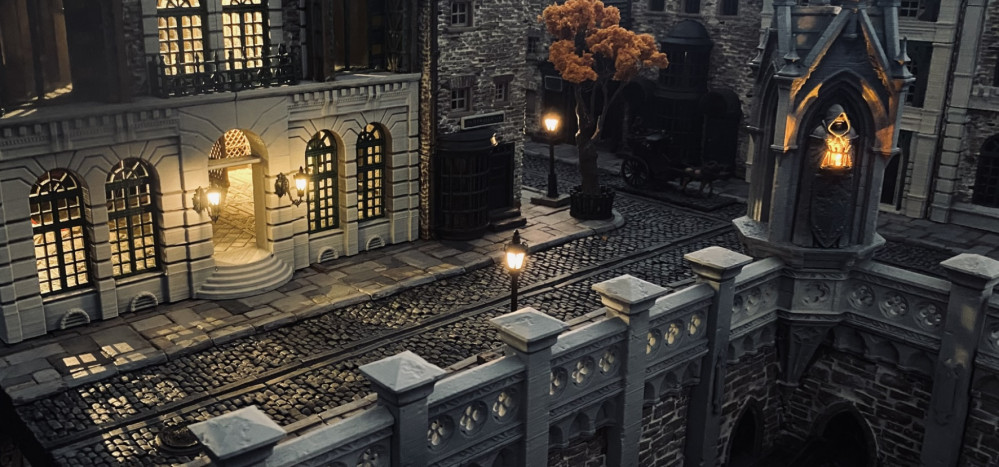
It's going to be something...
Colour Palette
I have gone with some of my favourite terrain colours for my colour palette.
For the flagstones, I have chosen some greys from the fantastic Wargames Foundry Paint range I have been a longtime fan of the Wargames Foundry colour system and think they were probably amongst the first to tricolour palettes with each colour having a shade, mid-tone and highlight.
On top of that for my colour choices, I have gone back to my tried and tested favourite browns. I use these a lot, so I took a sample of each to the local hardware shop and had them colour match them for me. It’s a lot cheaper this way and I still have plenty left over from other projects, so money saved there too.
Of course, all these colours have to go on an undercoat of some sort and for this project, I will use the same undercoat as I do for all my terrain.
Cheap grey primer followed by army painter leather brown.
The grey primer serves as a base so that if I miss anything with the leather brown is not too contrasting. Leather brown is my favourite spray paint and the basic colour for all the brickwork on my buildings. More of how I do my brickwork can be found HERE
I would highly recommend getting your local hardware/paint store to mix up a pot of whatever base spray colours you use. Especially if you plan to use the method, I use to get stuff done in super quick time.
While we are talking about paint, some of these washes are also a good investment for the terrain. They are excellent for weathering. My favourite is the light grey.
There are many ways to paint terrain and mine is just one method, I am not saying or suggesting that mine is the correct or best method, but it works for me.
I start off by using rattle cans for as much of it as possible. I don’t worry too much about masking stuff off, If I do plan to block an area off, I just hold a piece of card over it and let the overspray feather the edges. For small hard-to-get areas, I go at it as much as I can with every other colour before going back in and neatening it up a bit by painting on leather brown with a brush. This is where having the local paint store knock up a batch of Leather Brown paint comes in handy.
I then use a 1″ brush from the DIY store to drybrush brickwork areas in a cream colour. It doesn’t really matter what colour you choose as most of it will get wiped off later anyway, it just goes to help create variations in colour.
After that, the brickwork gets covered in fine crack filler which is then wiped off with a wet rag. The wet rag will also remove some of the cream paint, leaving just enough behind to tint the leather brown slightly.
The final look is my interpretation of London yellow stock bricks.





























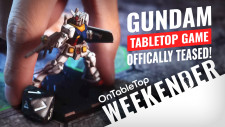

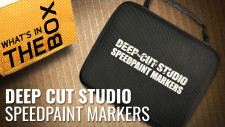
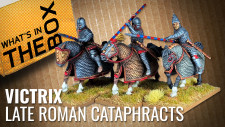
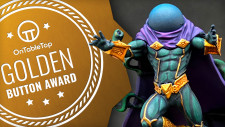
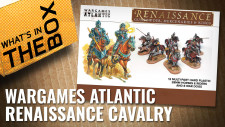

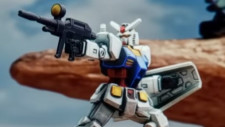




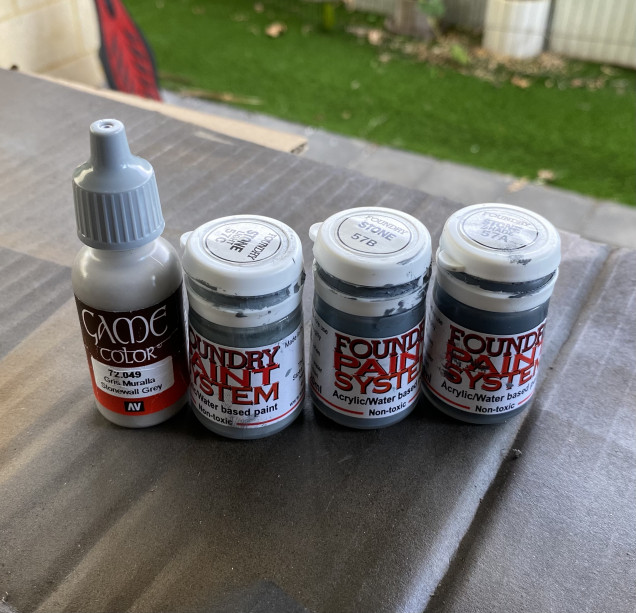
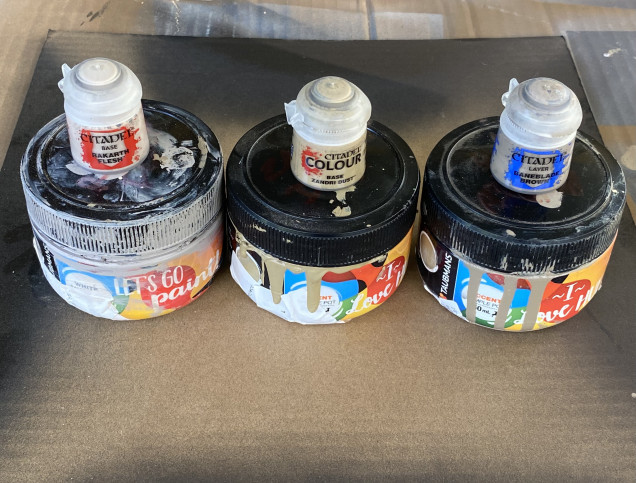
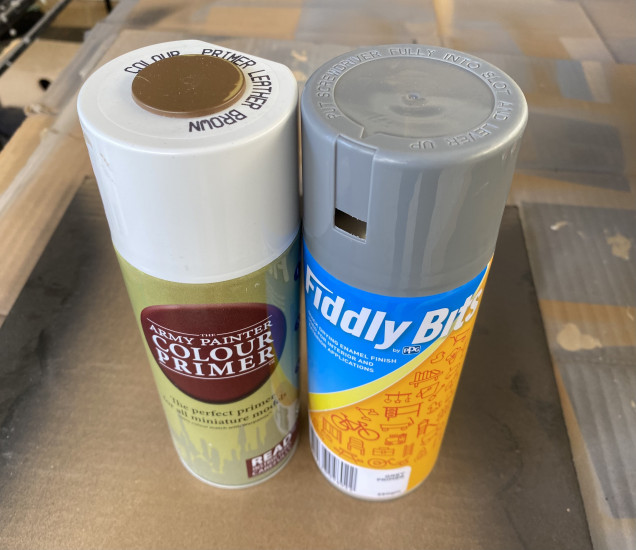
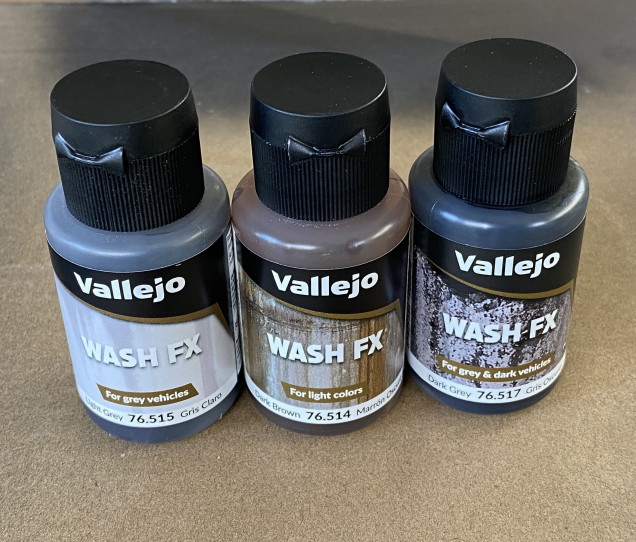

































Leave a Reply